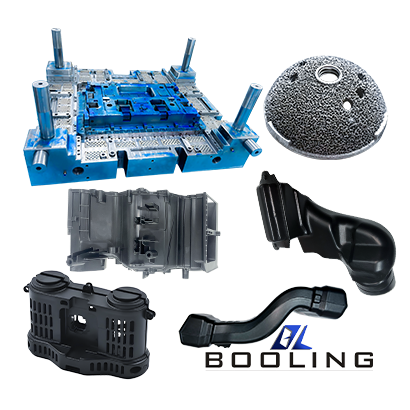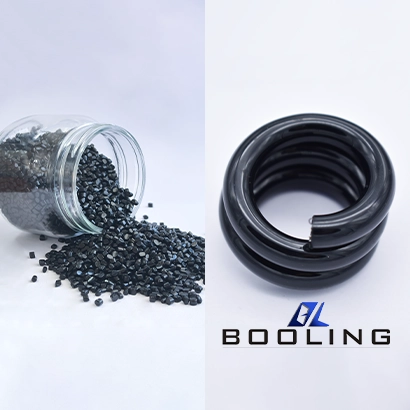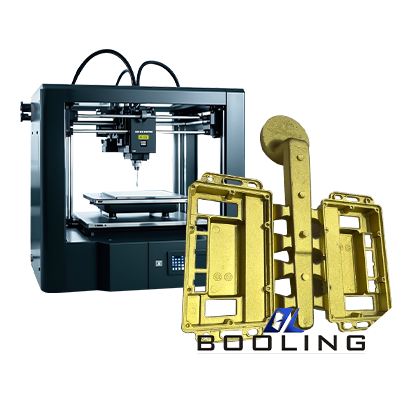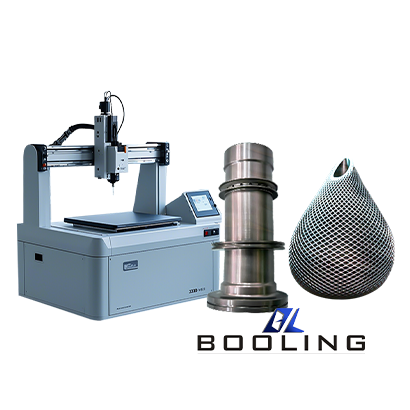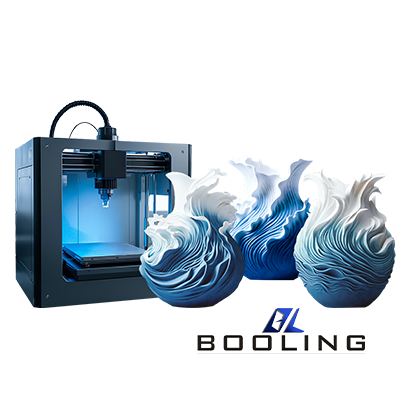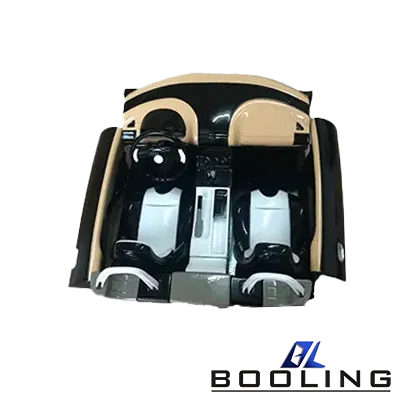Home > All About ABS 3D Printing Process
The ABS 3D printing process is particularly suitable for manufacturers to manufacture products with high hardness requirements. Compared to PLA products, ABS products have relatively easier post-processing and reduce manufacturing steps.
Advantages of ABS 3D Printing:
- High Strength-to-Weight Ratio
- Design Flexibility
- Functional Prototyping
- Cost-Effectiveness
- Durability
- Resistance to Damage
ABS is a strong and durable plastic material that exhibits significant performance in the 3D printing service and is therefore widely used in various fields. ABS 3D printing materials have high rigidity and strength, excellent impact resistance, heat resistance, and chemical resistance. Its melting temperature can reach nearly 300 ℃, and its heat resistance is far superior to PLA 3D printing technology.
The Advantages of ABS Material in 3D Printing
The advantages of ABS material itself are very prominent, and its application in custom 3D printing technology can maximize its benefits.
- Good surface glossiness
The surface glossiness of ABS material is good, which makes its 3D printed products have good aesthetics and are favored by many manufacturers. ABS 3D printed products have smooth and glossy surfaces and are more wear-resistant, similar to injection molded parts, but the 3D process is more convenient and occupies less space. In fields with high requirements for appearance and performance, such as the manufacturing of some automotive parts and daily consumer goods, ABS material has become an ideal choice.
- Lightweight and durable
The specific gravity of ABS material is 1.06 g/cm3, which has a low density and can be used for lightweight production. It has strong tensile strength and high bending modulus, with strength and stiffness levels sufficient to support manufacturers in producing high-quality products with long lifespans and impact resistance.
- Excellent chemical resistance
ABS material can resist the erosion of various chemical substances, such as oils and acids. This characteristic makes ABS material widely used in the chemical industry to produce containers containing corrosive substances and other parts that may come into contact with these chemical reagents. But for some strong acids and bases, ABS cannot be completely unaffected.
- Excellent thermal stability performance
When conducting 3D printing molding, manufacturers should pay special attention to the thermal stability of materials when selecting them. One of the outstanding characteristics of ABS material is its stable thermal performance. The melting point of ABS material is much higher than that of PLA resin, which can reach 200-280 ℃ and has excellent heat resistance. The high heat resistance of ABS 3D printed parts enables them to work better at high temperatures and meet the requirements of high-temperature applications. The glass transition temperature (Tg) of ABS material is approximately 105 ° C, which indicates the temperature at which the material transitions from a rigid state to a more flexible rubber state.
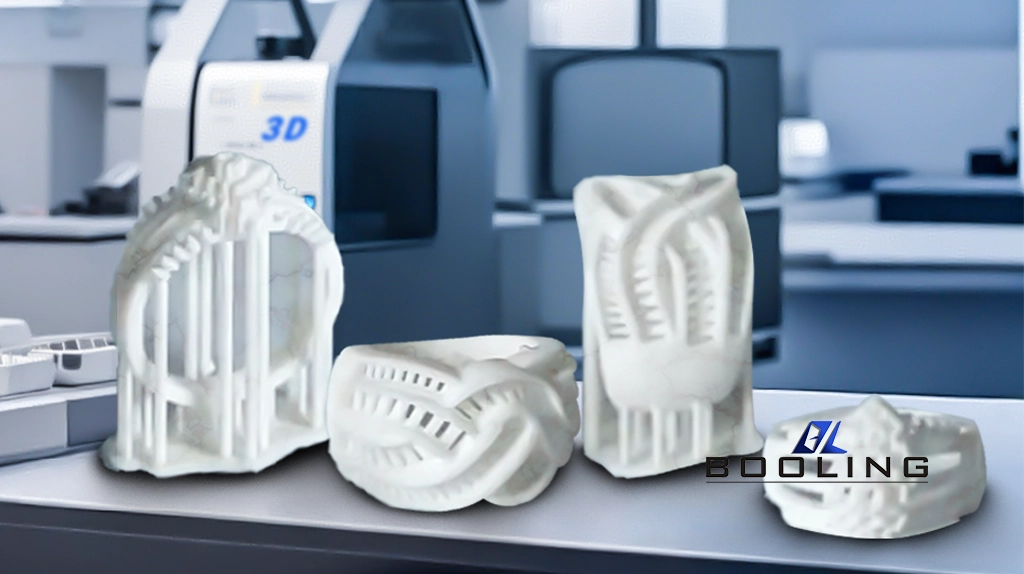
The Basic Process of ABS 3D Printing Technology
ABS resin 3D printing mainly goes through the processes of pre-printing preparation slicing printing post-processing, including:
- Preparation before printing
Manufacturers must make sufficient preparations before ABS 3D printing, such as adjusting materials, printing equipment, and printing parameters.
-Manufacturers can use leveling tools to check if they have a horizontal printing platform, which is a prerequisite for printing to begin.
-Manufacturers need to maintain a clean platform and nozzle, which can be wiped with a soft cloth.
-Before conducting ABS 3D printing, manufacturers need to adjust and determine the temperature in advance. The processing temperature of ABS materials is usually high, and it is recommended to be between 230~250 ℃. The appropriate temperature directly determines the progress and subsequent effects of ABS material printing.
- Optimize printing parameters
In the process of ABS 3D printing, the setting of details and parameters is very important, as it directly affects key factors such as temperature changes, bottom quality, shrinkage, and strength. The settings for some details mainly include:
- Bottom layer printing speed: It is recommended to set it to 30mm/s, but this depends on the actual processing situation.
- Bottom layer height: To ensure that the bottom layer can bond more firmly, manufacturers can set the bottom layer height of ABS 3D printing to about 0.2mm, and special materials and requirements need to be considered separately.
- Cooling fan: Excessive cooling can affect the strength and quality of ABS 3D printed products, and the cooling fan needs to be turned off.
- Printing temperature and bed temperature: In general, the printing temperature of ASB material should be set between 230-250 ° C and the hotbed temperature should be set between 90-110 ° C.
- Acoustic transducer adjustment: To accelerate product curing time and improve efficiency, manufacturers can use acoustic transducers.
3. Post printing processing
After completing ABS 3D printing, manufacturers need to post-process the finished product to ensure the quality and strength of the parts.
- Post spray painting treatment: Manufacturers can use sandpaper to polish the surface of the product to make it smoother. Then apply primer and topcoat to make the overall part smoother and have better surface performance.
- Post-bonding treatment: The main method of this post-treatment is to use an ultrasonic bonding device to soak ABS parts in alcohol. After binding and processing, the molecular connections of the material components become tighter, allowing manufacturers to obtain ABS components with higher strength.
- Oven post-treatment: The purpose of oven post-treatment for ABS parts is to obtain more stable components. The manufacturer puts all ABS parts into a preheated oven (at a temperature of around 70 ℃) and holds it for about 1 hour. This post-processing method can reduce the shrinkage and tensile changes of ABS parts and has stronger performance.
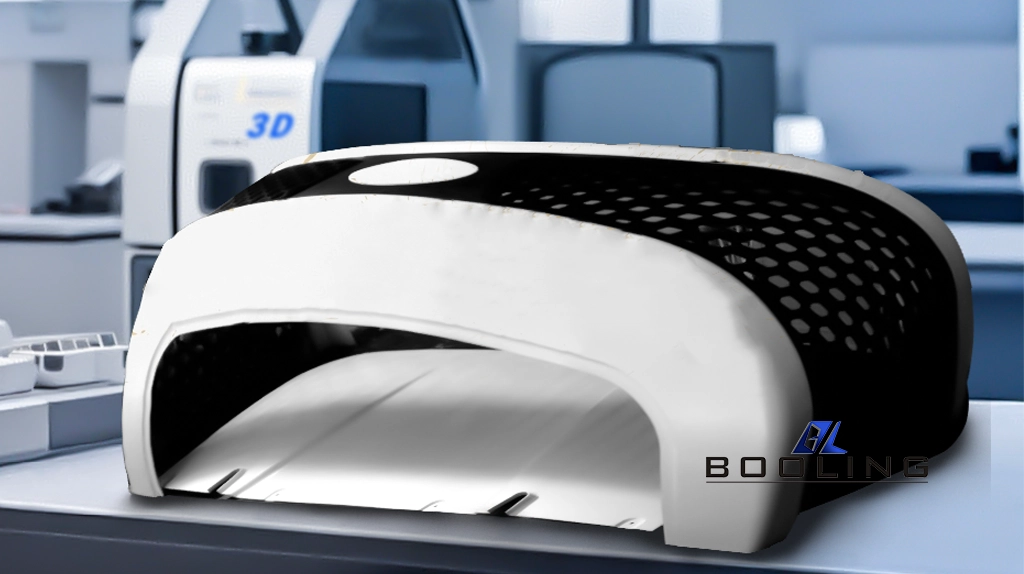
ABS 3D Printing Melt Deposition Technology
In ABS 3D printing technology, manufacturers typically use melt deposition technology, which includes:
During the ABS 3D printing process, manufacturers must add support components to the product when printing complex structures or structures with large spans. The main purpose of adding supporting components is to avoid suspension caused by the sharp enlargement of the upper section, prevent deformation or partial collapse of the section, and affect the appearance accuracy and subsequent progress of the product. The slicing software will determine whether to add support based on the actual appearance and structure of the product. The final printed product usually includes both the actual part and the supporting part. When establishing the product foundation layer, manufacturers also need to consider building support, which can have a more reliable model bottom layer and make the physical product easier to peel off, ensuring the accuracy and quality of the final molded part.
For ABS models made using FDM 3D printing technology, post-processing mainly includes peeling off the support of the model and polishing the outer surface. Faced with the printed product, the manufacturer peels off the supporting part from the solid model, and then grinds or polishes the outer surface of the solid model to ensure that the accuracy and quality of the product meet the final usage requirements.
3D Printing Related Content
Applied’s expertise in modifying materials at atomic levels and on an ihdustrial scaleenables our customers to transform possibilities into reality.

